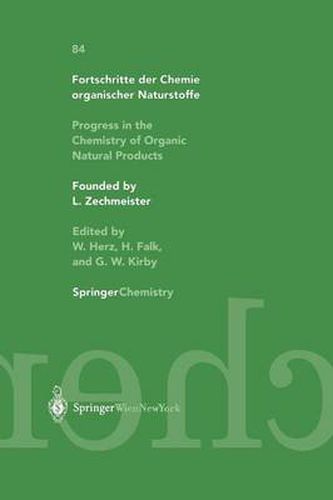Readings Newsletter
Become a Readings Member to make your shopping experience even easier.
Sign in or sign up for free!
You’re not far away from qualifying for FREE standard shipping within Australia
You’ve qualified for FREE standard shipping within Australia
The cart is loading…






This title is printed to order. This book may have been self-published. If so, we cannot guarantee the quality of the content. In the main most books will have gone through the editing process however some may not. We therefore suggest that you be aware of this before ordering this book. If in doubt check either the author or publisher’s details as we are unable to accept any returns unless they are faulty. Please contact us if you have any questions.
Of the porphyrinoid structures occurring in nature the most important and most widespread are the red blood pigment heme (1), the green pigment of plant photosynthesis chlorophyll a (2), the bacterial photo- synthetic pigment bacteriochlorophyll a (3), and the antipernicious red pigment vitamin BJ2 (4). The basic function of these cofactors are determined by the incorporation of the different metal ions into the macrotetracycles. The different oxidation levels of the macrocyclic ligand system regulate the fine tuning of these functions. The final adaptation of the cofactors to their special molecular environments in the cell compartments is effected by variation of the substitution patterns of the chromophores. HCO,C 3 CO,Phytyl 2 Heme Chlorophyll a CONH, CONH, ~ H,NOC 1 , CONH, /I(Y N~ 3 4 Bacteriochlorophyll a Vitamin B HO References, pp. 42-51 Naturally Occurring Cyclic Tetrapyrroles 3 Until the mid-1970s the four classic cyclic tetrapyrrolic structures with their porphyrin, chi orin, bacteriochlorin, and corrin skeletons were almost the only representatives in the class of porphyrinoid natural products (1-10). Although other partially reduced porphyrins were conceivable, none of these partially saturated porphyrinoid structures had hitherto been found in nature.
$9.00 standard shipping within Australia
FREE standard shipping within Australia for orders over $100.00
Express & International shipping calculated at checkout
This title is printed to order. This book may have been self-published. If so, we cannot guarantee the quality of the content. In the main most books will have gone through the editing process however some may not. We therefore suggest that you be aware of this before ordering this book. If in doubt check either the author or publisher’s details as we are unable to accept any returns unless they are faulty. Please contact us if you have any questions.
Of the porphyrinoid structures occurring in nature the most important and most widespread are the red blood pigment heme (1), the green pigment of plant photosynthesis chlorophyll a (2), the bacterial photo- synthetic pigment bacteriochlorophyll a (3), and the antipernicious red pigment vitamin BJ2 (4). The basic function of these cofactors are determined by the incorporation of the different metal ions into the macrotetracycles. The different oxidation levels of the macrocyclic ligand system regulate the fine tuning of these functions. The final adaptation of the cofactors to their special molecular environments in the cell compartments is effected by variation of the substitution patterns of the chromophores. HCO,C 3 CO,Phytyl 2 Heme Chlorophyll a CONH, CONH, ~ H,NOC 1 , CONH, /I(Y N~ 3 4 Bacteriochlorophyll a Vitamin B HO References, pp. 42-51 Naturally Occurring Cyclic Tetrapyrroles 3 Until the mid-1970s the four classic cyclic tetrapyrrolic structures with their porphyrin, chi orin, bacteriochlorin, and corrin skeletons were almost the only representatives in the class of porphyrinoid natural products (1-10). Although other partially reduced porphyrins were conceivable, none of these partially saturated porphyrinoid structures had hitherto been found in nature.